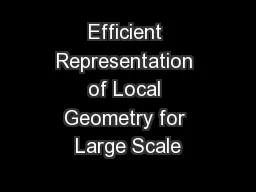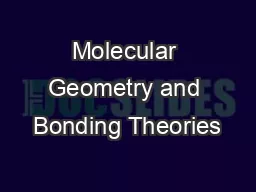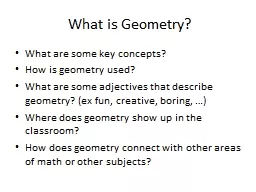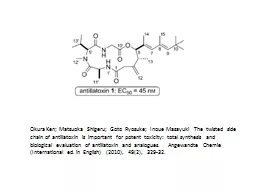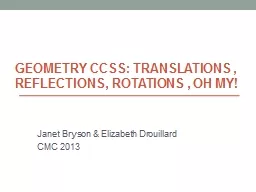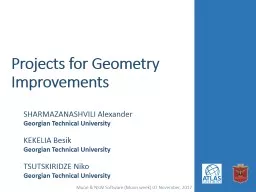PPT-Geometry of five link mechanism with two degrees of freedom
Author : phoebe-click | Published Date : 2015-09-19
David Tavkhelidze Internal combustion engine ACrankshaft BConnecting rod CSlider piston DFrame EValve mechanism E Kinematic pairs Degree
Presentation Embed Code
Download Presentation
Download Presentation The PPT/PDF document "Geometry of five link mechanism with two..." is the property of its rightful owner. Permission is granted to download and print the materials on this website for personal, non-commercial use only, and to display it on your personal computer provided you do not modify the materials and that you retain all copyright notices contained in the materials. By downloading content from our website, you accept the terms of this agreement.
Geometry of five link mechanism with two degrees of freedom: Transcript
Download Rules Of Document
"Geometry of five link mechanism with two degrees of freedom"The content belongs to its owner. You may download and print it for personal use, without modification, and keep all copyright notices. By downloading, you agree to these terms.
Related Documents


